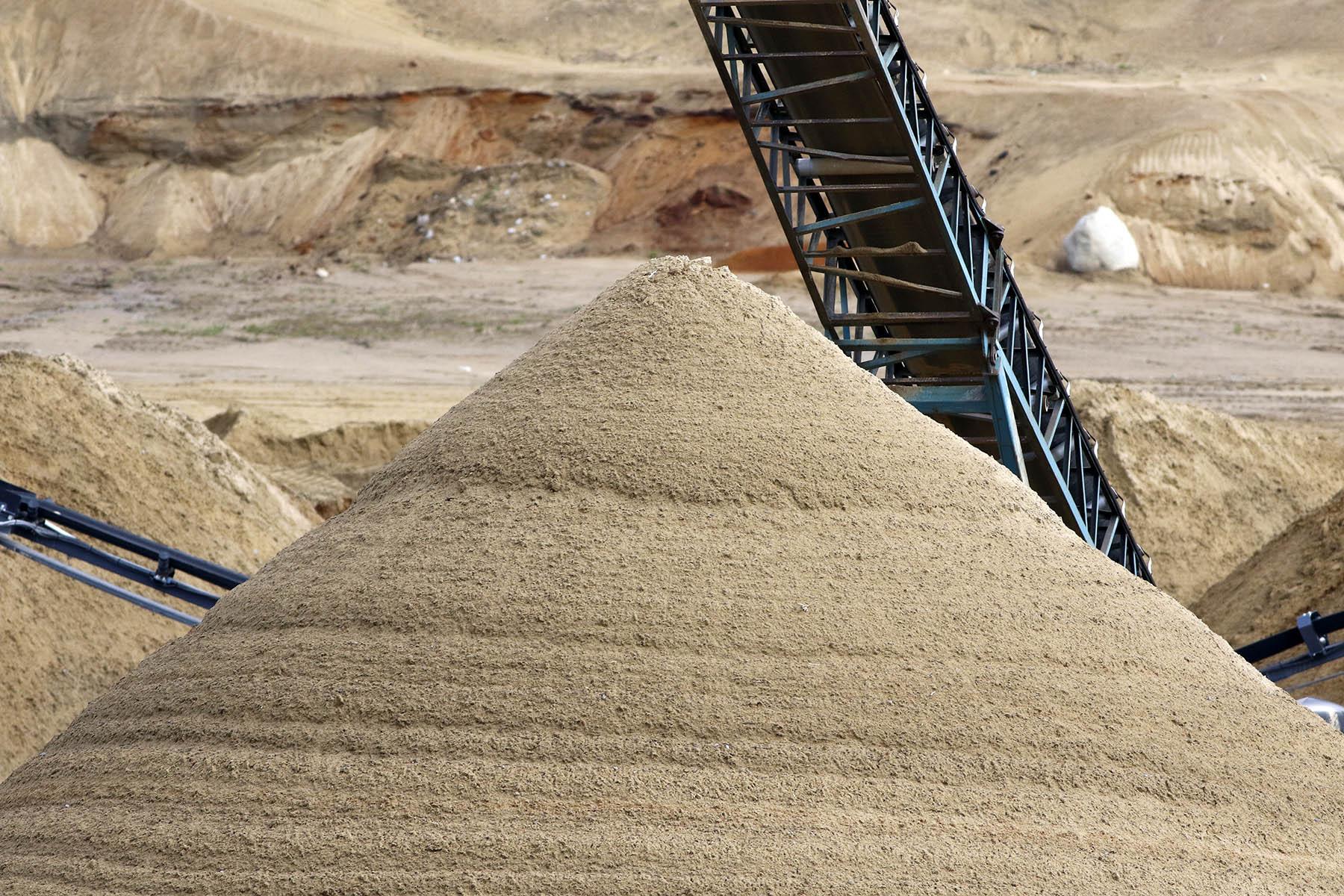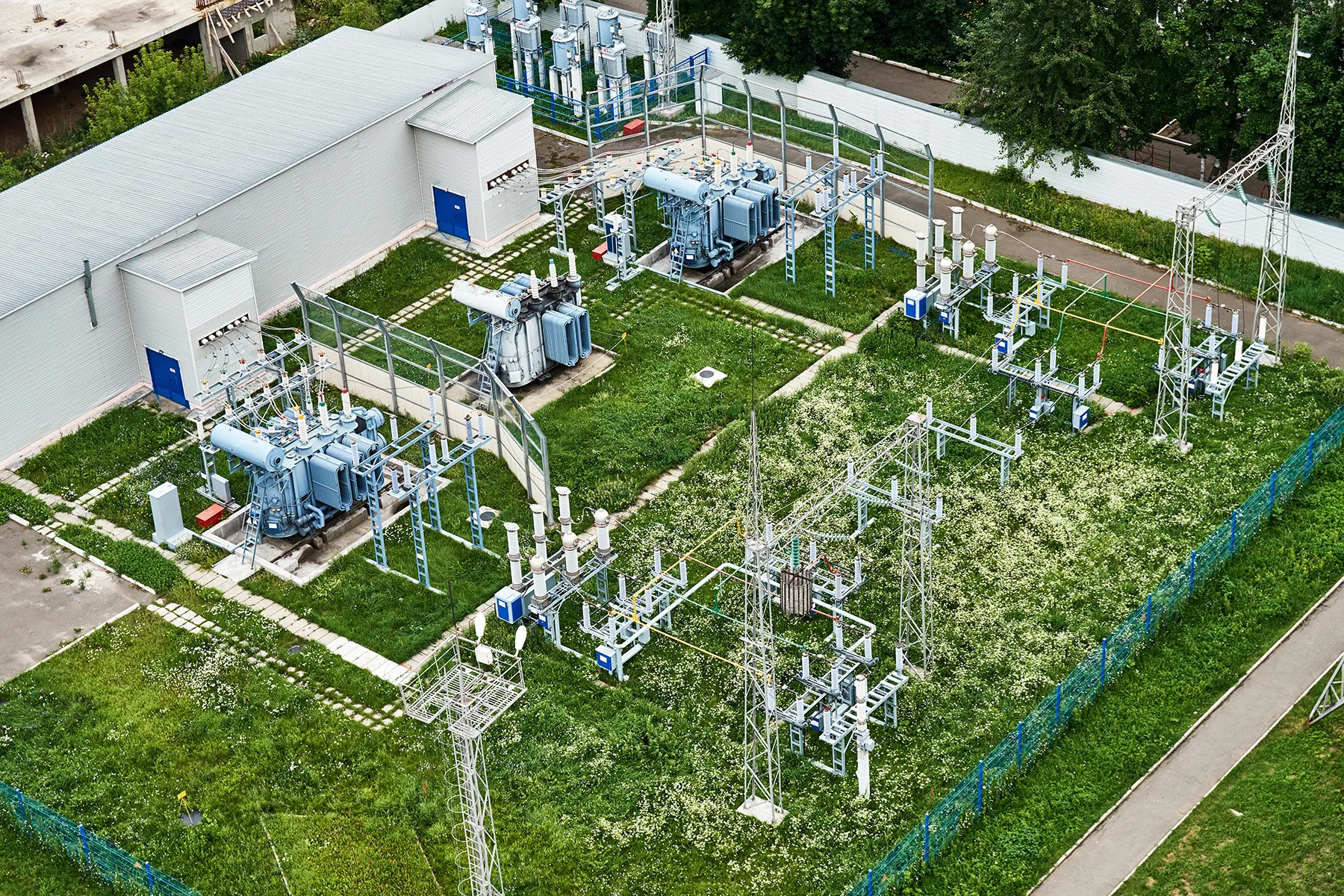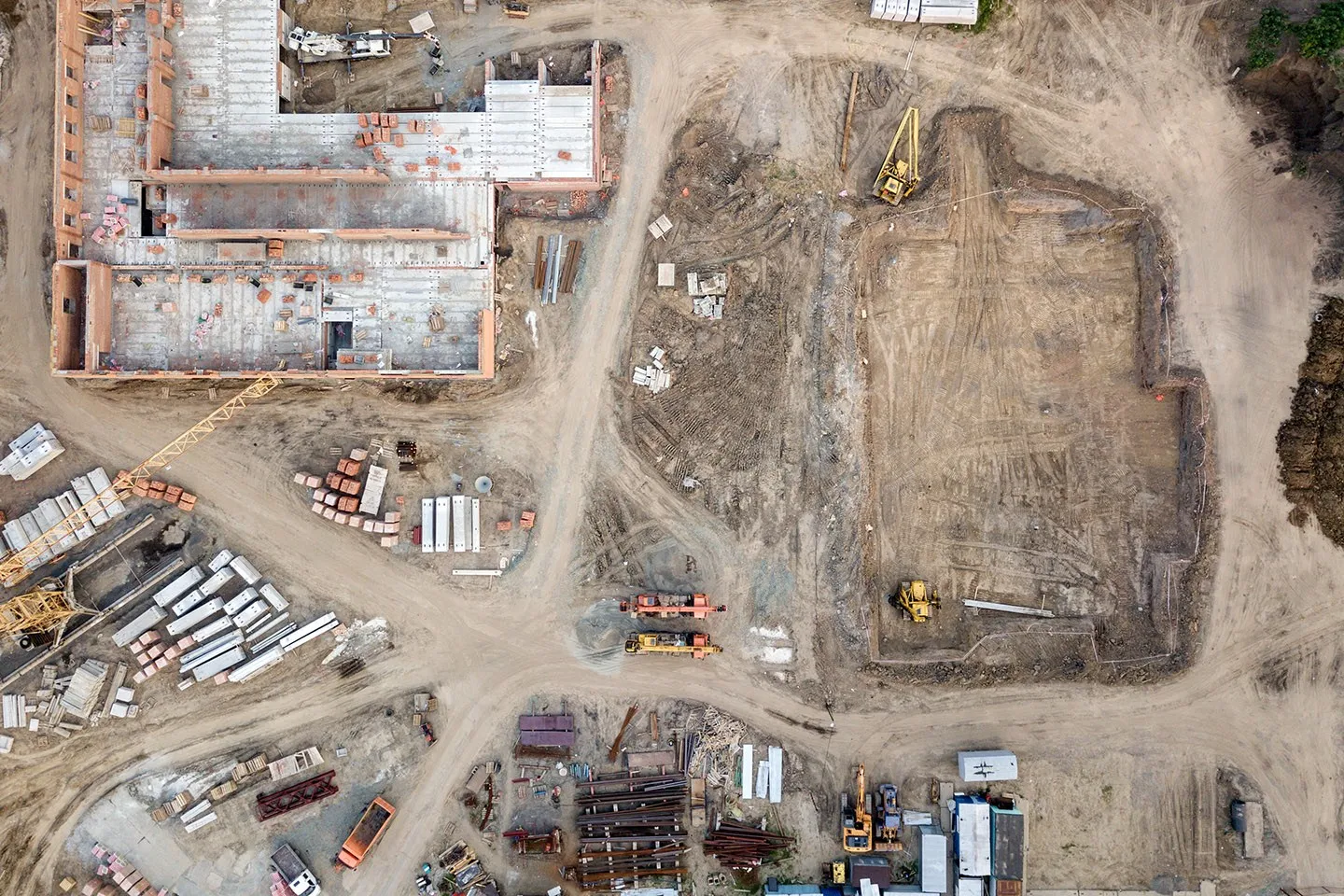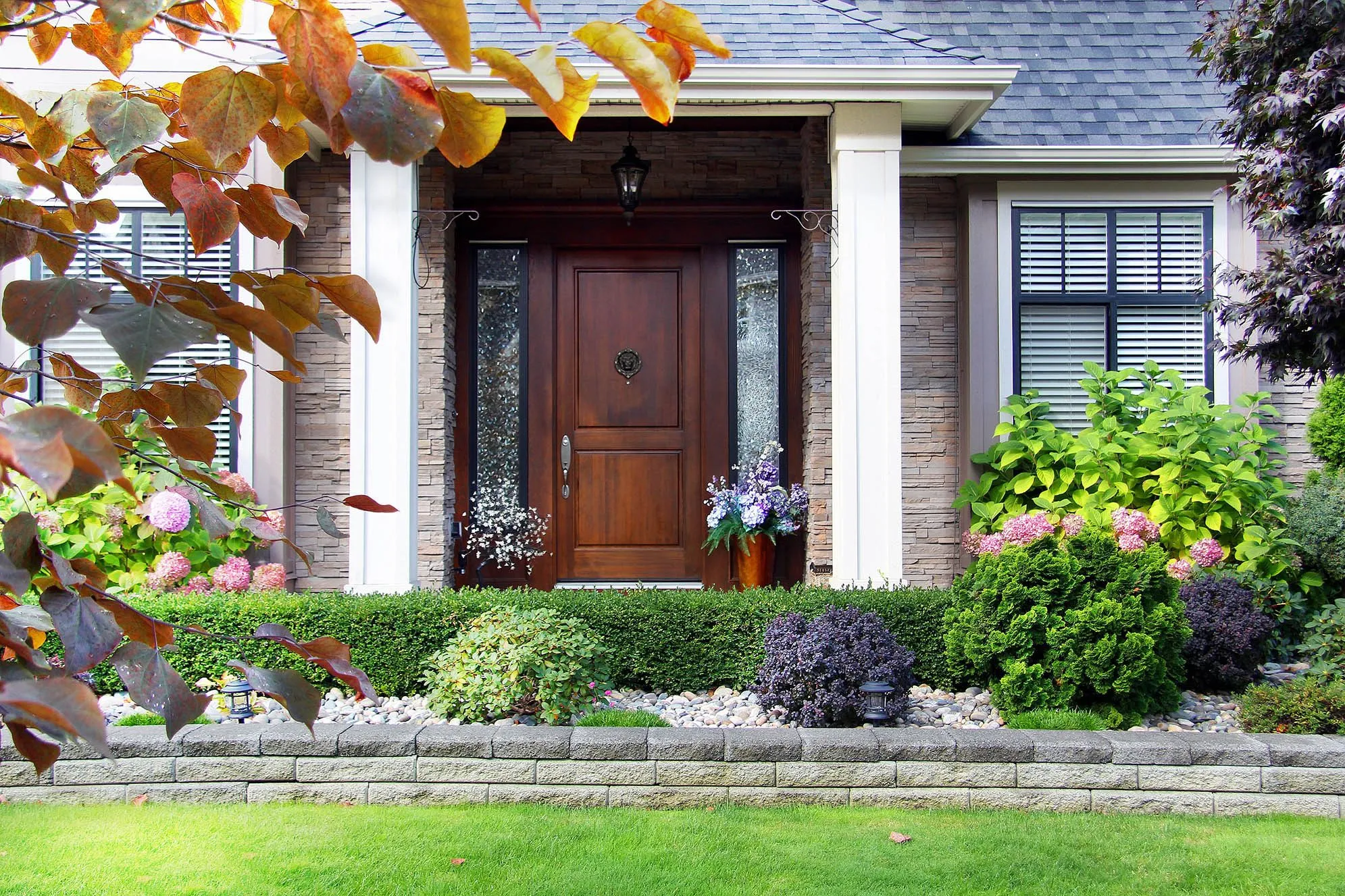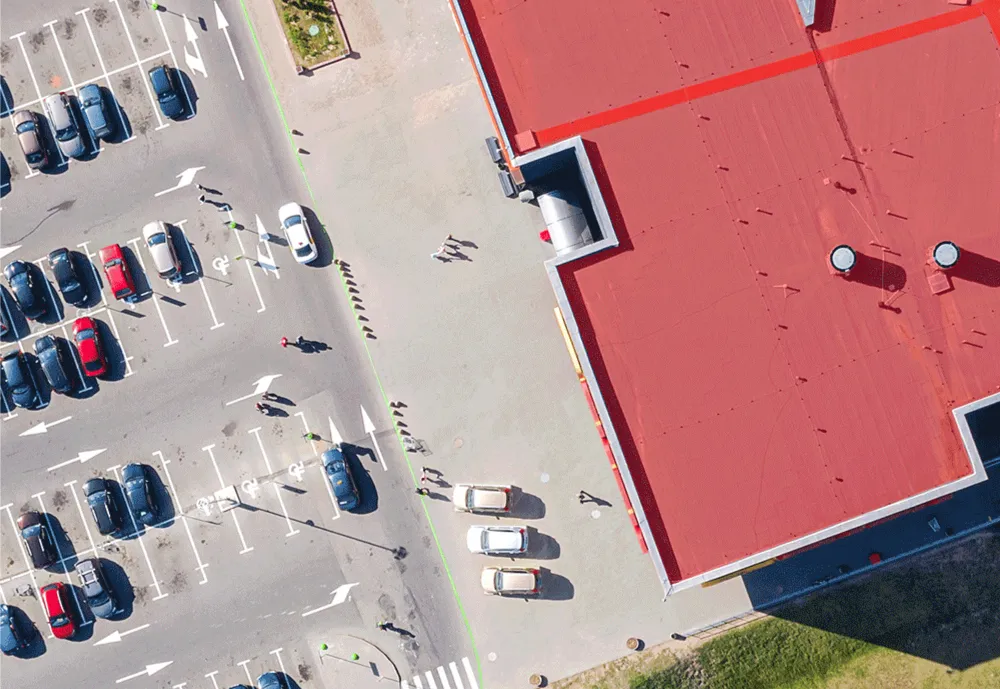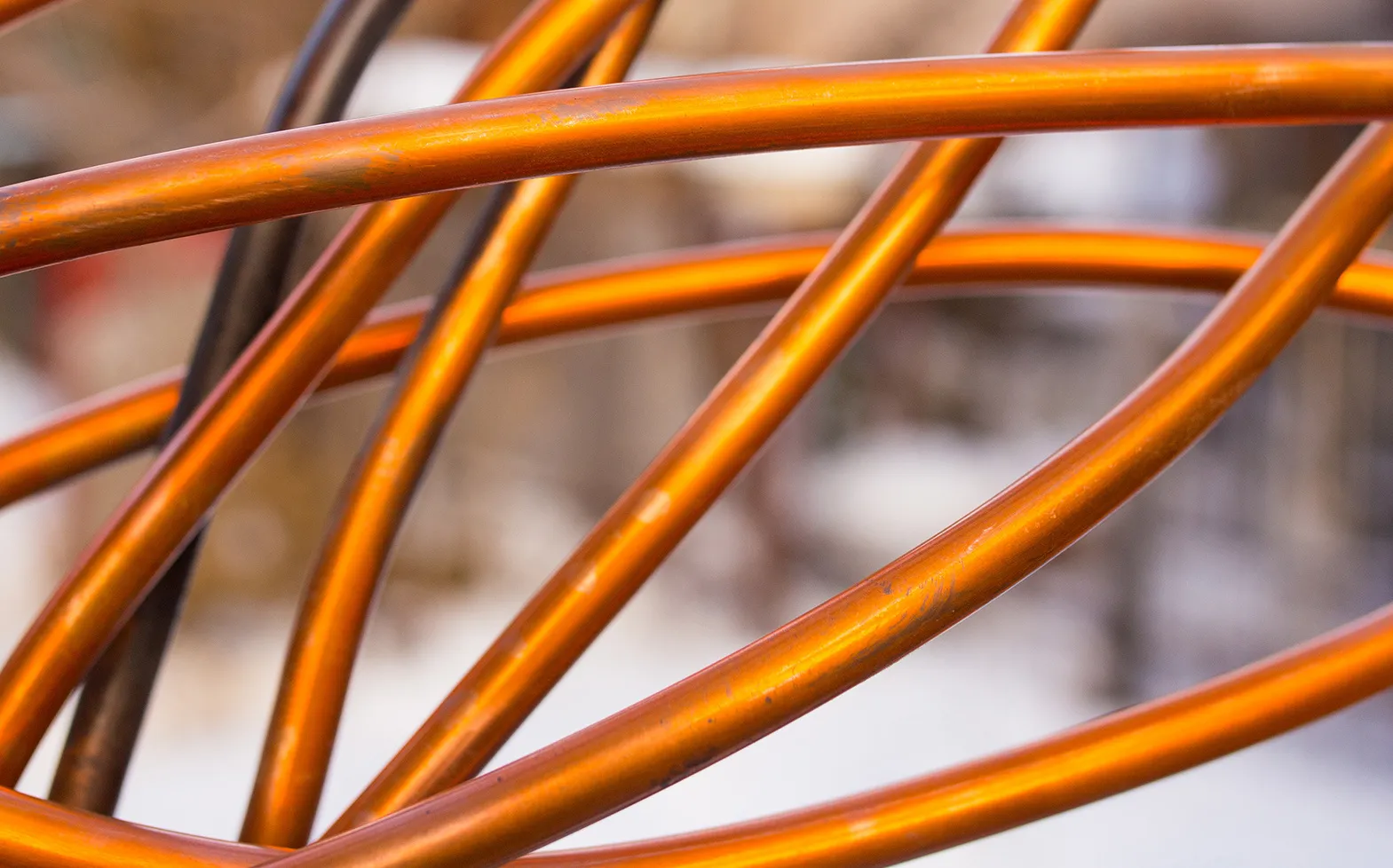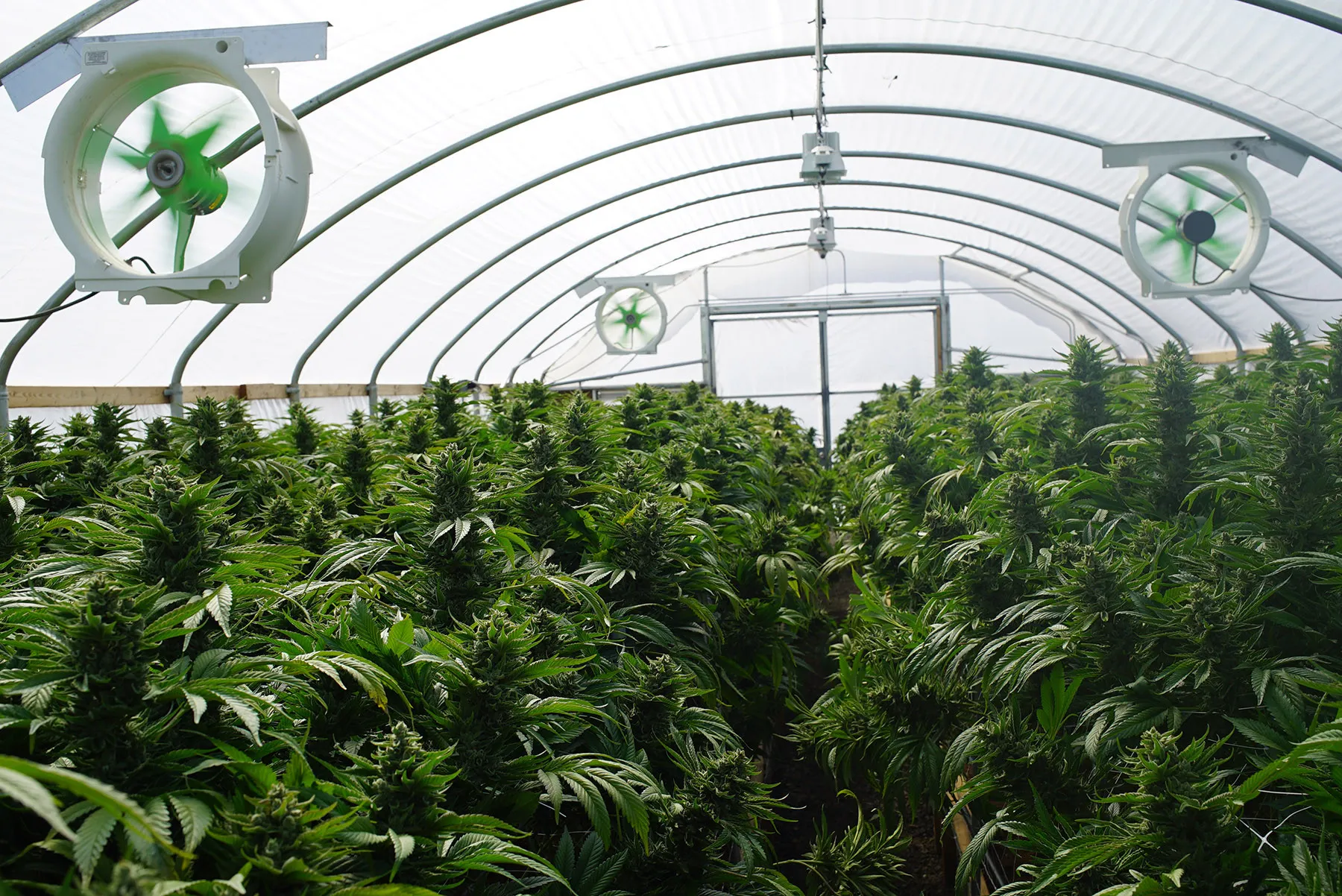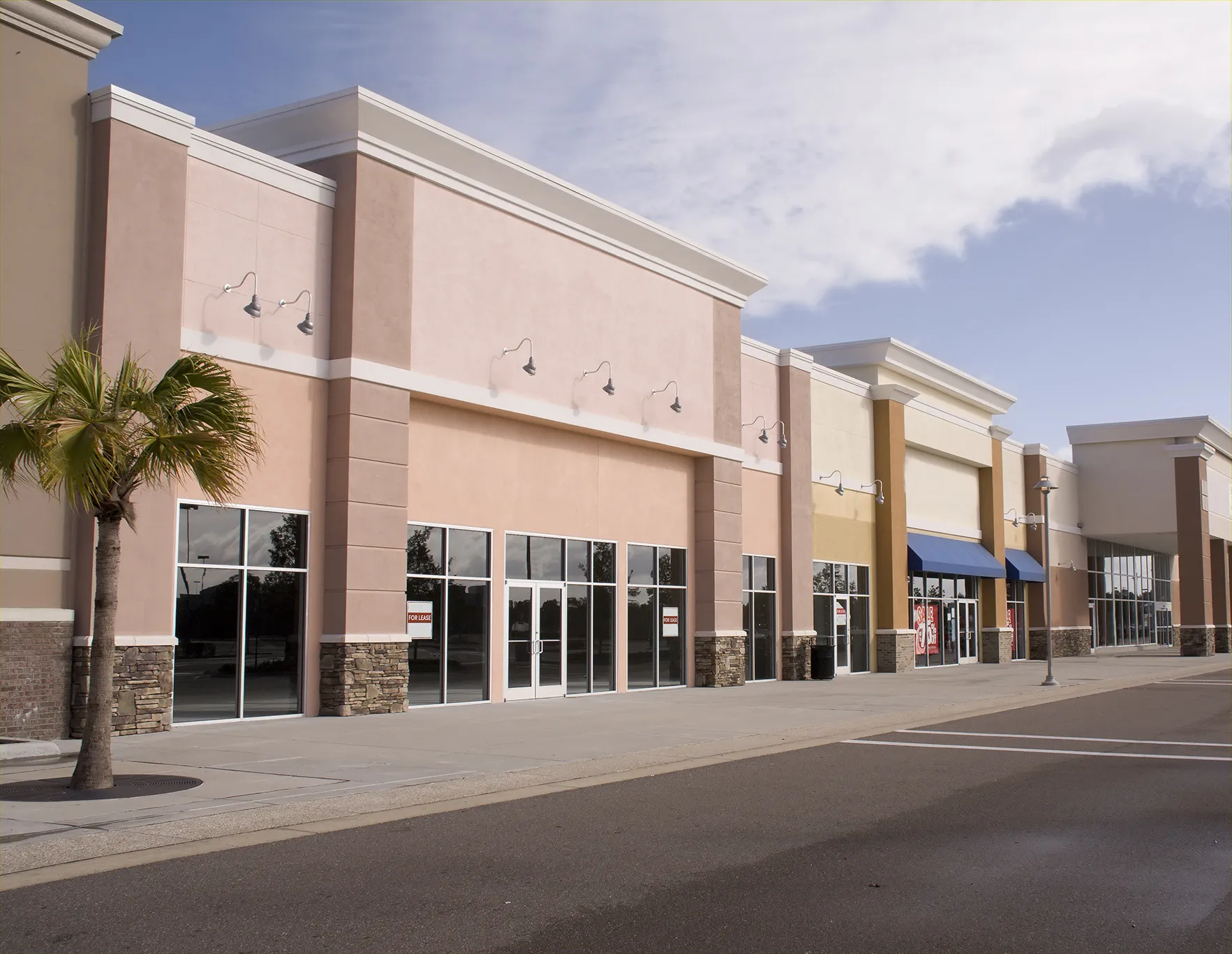Related Solutions
Related Product Series
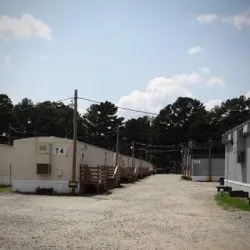
The Site
A High School campus in an Atlanta suburb undergoing a complete remodel. Temporary modular buildings were set up on a large area of the campus to act as classrooms during the year-plus long construction.
The Challenge
Due to the temporary structures, accessible HVAC units and threat of vandalism, a stable and reliable solution was needed that would also be easy to both install and move if necessary.
The Solution
An integrator was selected who then teamed up with Optex to create a reliable, effective security solution that included iSeries battery-powered, wireless passive infrared detectors. This allowed for a simple, inexpensive yet effective way to protect the assets inside the structures, as well as the HVAC units on the exterior. The detectors protecting the perimeters of the site were set up to trigger strobe lights that alert an on-site guard to the location of any breach, while the system as a whole is monitored by the district's security team. Because the integrator chose to install a battery-powered, wireless option, any of the units can also be relocated if needed, based on changing site conditions or future security needs.
Outcome
The temporary campus now maintains a secure perimeter and campus that detects intruders and prevents theft and vandalism. With the battery-powered system in place, the end user has multiple levels of protection and can respond quickly to alarms before any damage is done.
Featured Products: iSeries PIR Detectors
Benefits and features of the iSeries battery-powered, wireless outdoor PIR detectors from OPTEX include:
- No trenching or wiring required allows for a quicker and less expensive install.
- End user will experience less downtime to business operations.
- iSeries version includes Inovonics EN1941 transmitter and batteries pre-installed, allowing for a quicker set-up time on job site.
- Dual PIR feature greatly increase stability outdoor and drastically reduces any false or missed alarms.
- Units can be easily relocated based on changing site conditions

You may be interested in
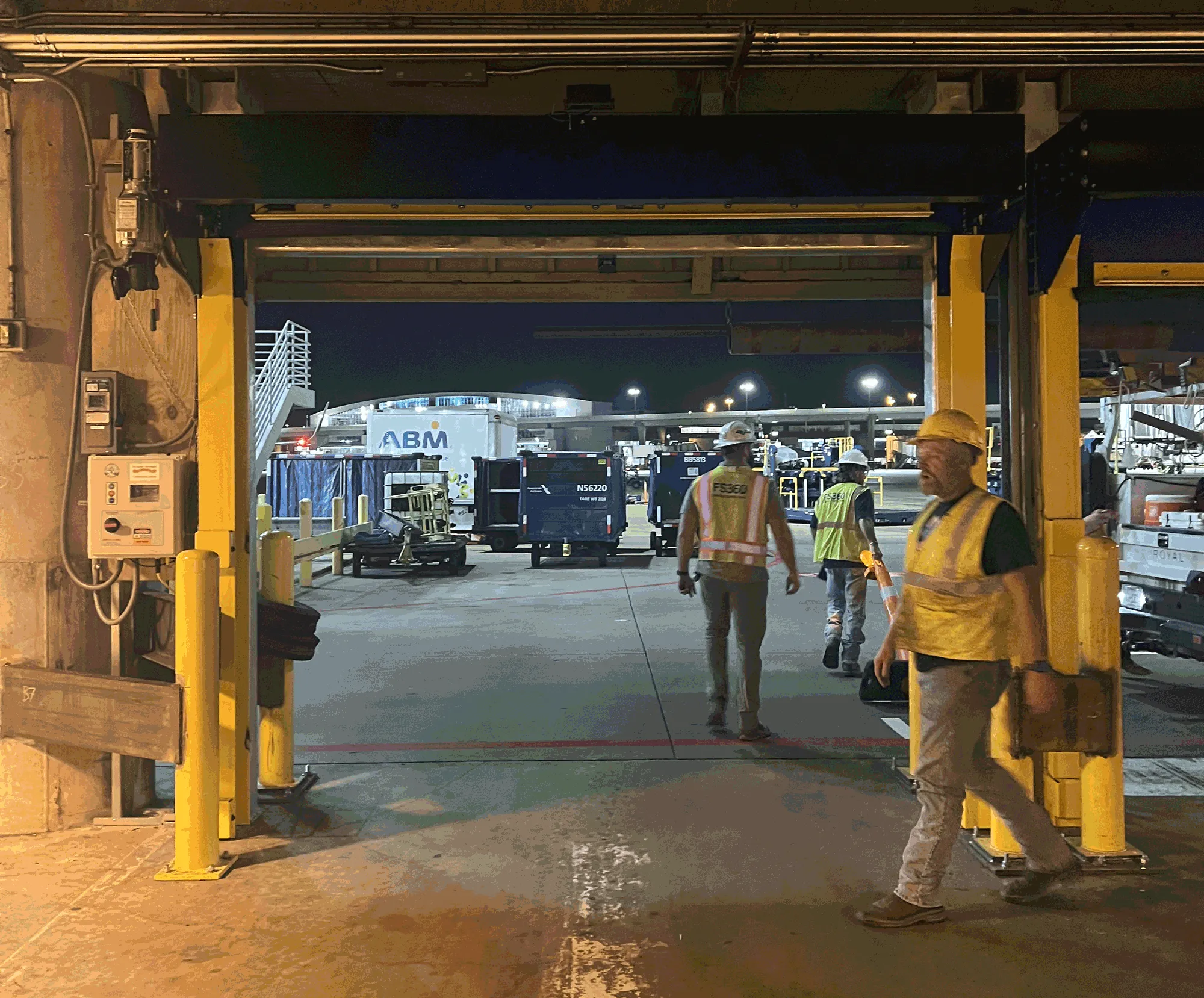

Versatility of the OAM-EXPLORER Increases Productivity in American Airlines Baggage Terminal
Overhead Door Company of Fort Worth was tasked with not only installing Overhead Door Model 994 doors but also testing multiple sensing devices to increase efficiency in this unique harsh environment at Dallas Fort Worth International Airport.


OPTEX OAM-Explorer Boosts Safety and Workflow at Luxury Car Dealership
An overhead door company in the California desert reached out to OPTEX Entrance to find a solution for their customer who was using a RapidView 999 Industrial door that was not opening and closing properly due to a faulty sensor. As the customer is located in Cathedral City, California, and summer heat was quickly approaching, it was imperative that the issue was resolved quickly.




